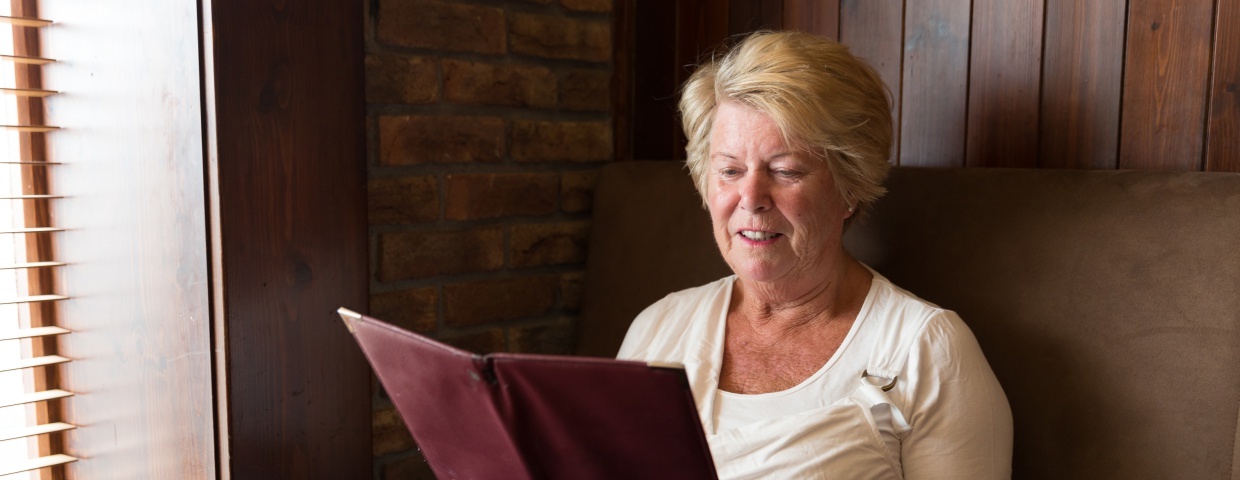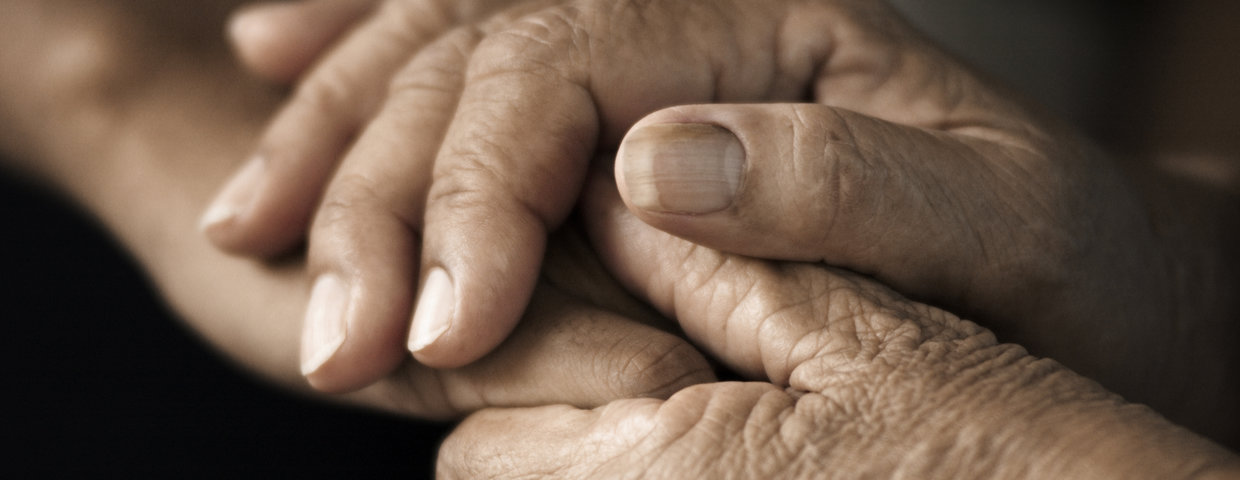3 Things You Should Know About Heart Valves
Everyone goes through cycles of health, but certain symptoms point to larger problems. Heart health experts tend to look for issues such as chest pain, dizziness, and shortness of breath. If any of these have occurred to you recently, read on to learn about heart valves and health upkeep.
1. Symptoms of Problems
While heart valves are essential for the functions of our body, it can be difficult to know when problems are arising. For instance, if you are used to performing certain activities with ease and are suddenly tired very easily, it can be a heart health issue. Same goes for feeling tired all the time in general. Also, if you feel lightheaded, dizzy, or experience fainting, you should see a doctor. Chest pains or irregular heartbeat are addition symptoms of problems.










